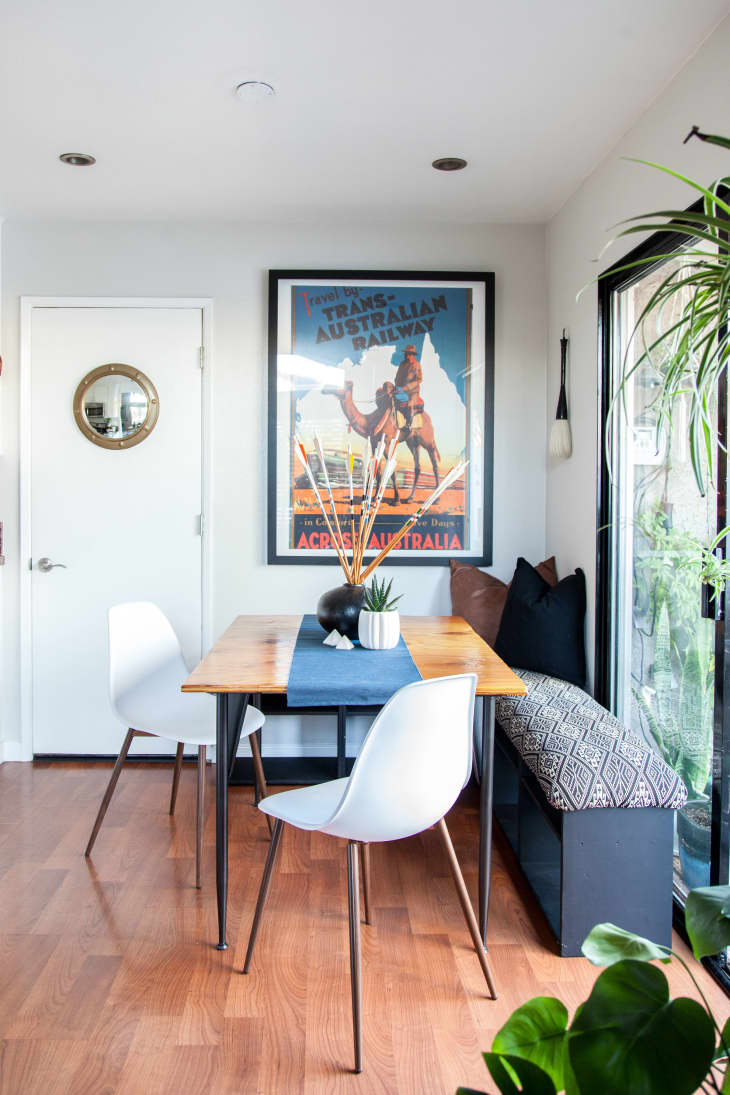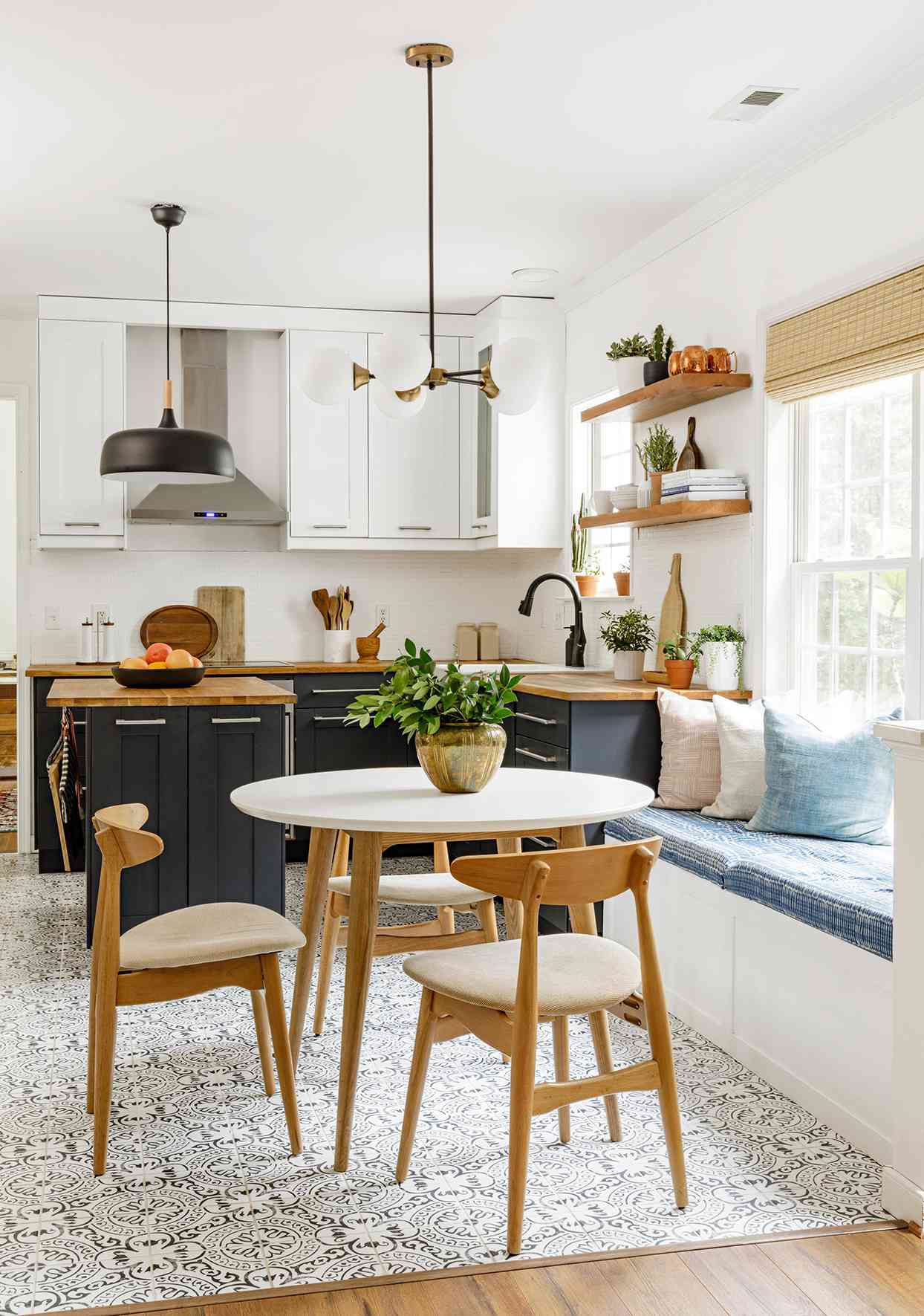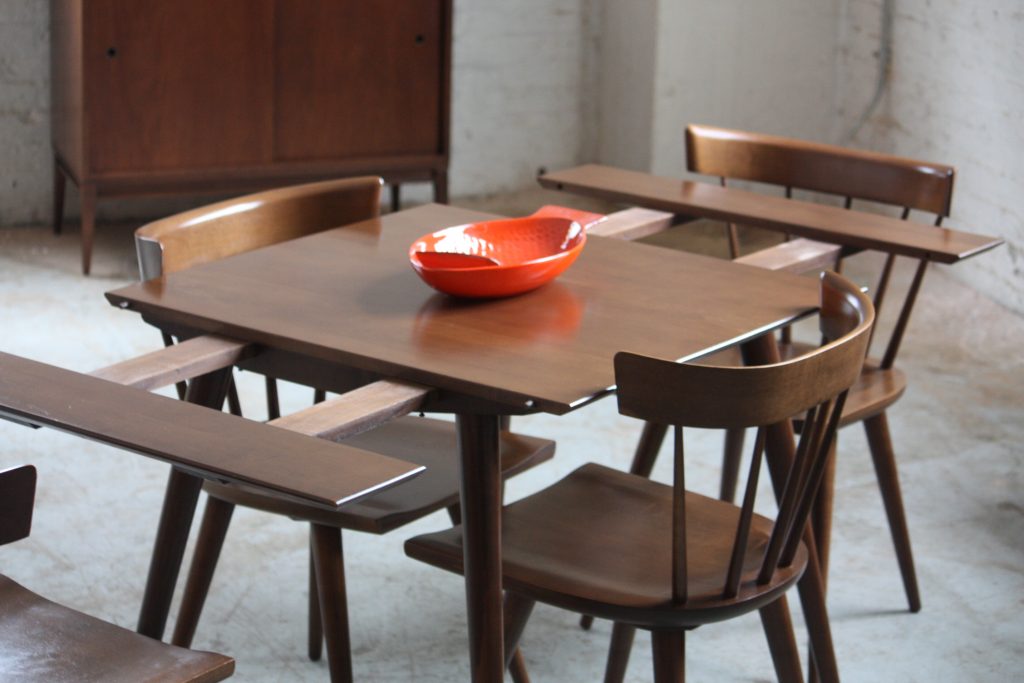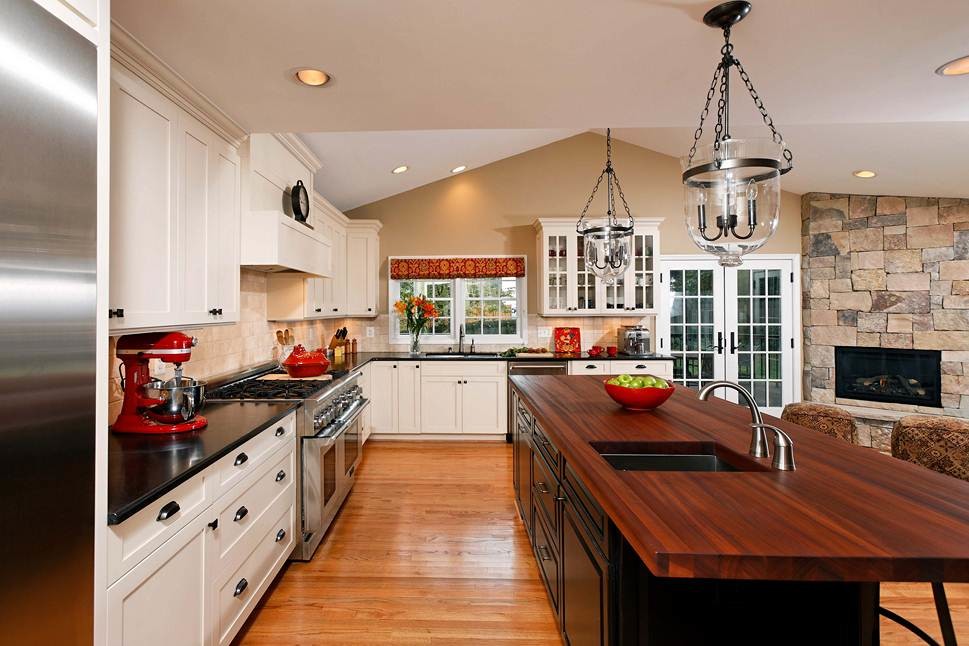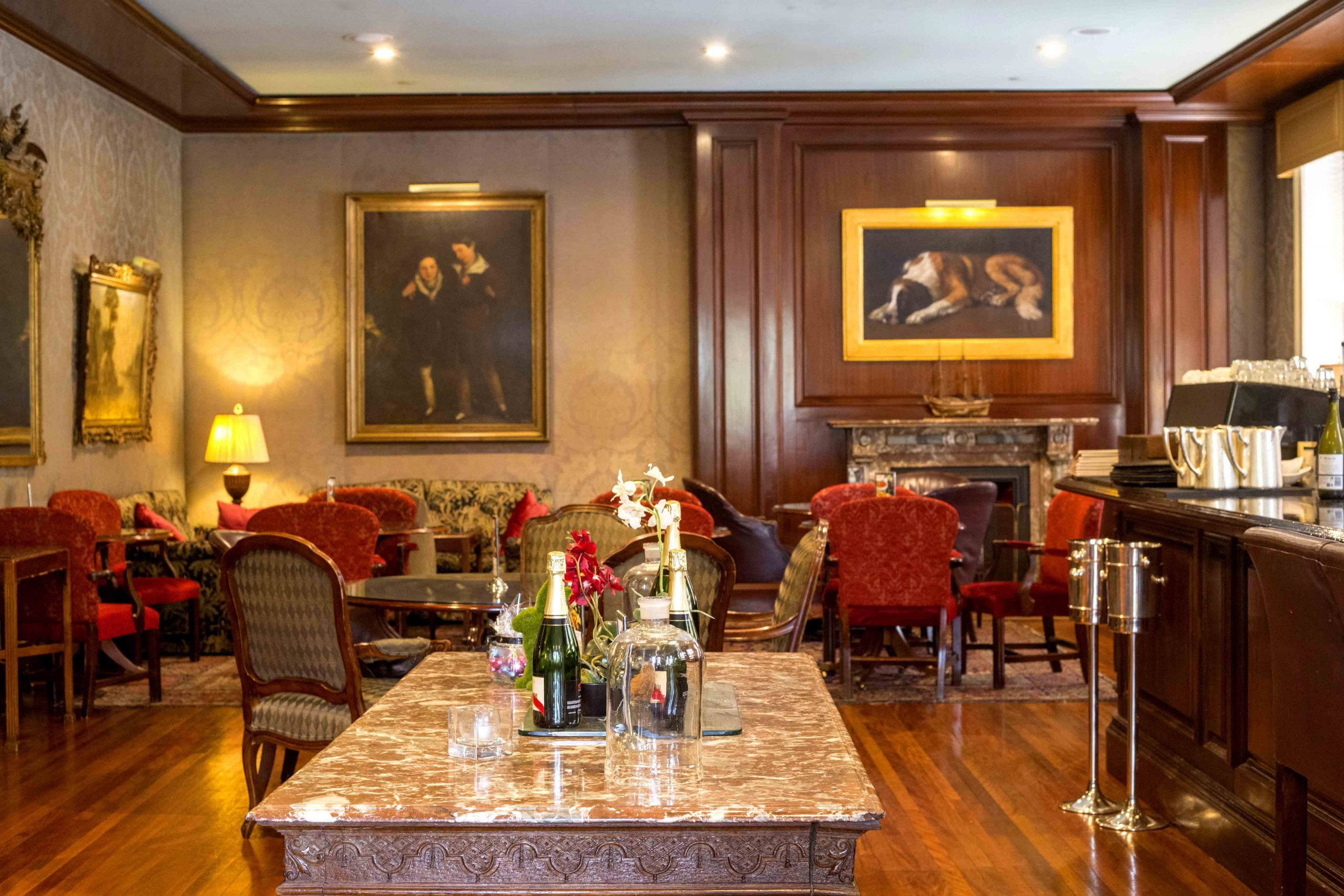Your living room is the heart of your home, where you relax, entertain, and spend quality time with your loved ones. And what's a living room without a dining table? It's the perfect gathering spot for meals, game nights, and even work or study sessions. But if you have a small space or an open floor plan, you may be wondering how to make it work. Don't worry – we've got you covered with these 10 creative ideas for putting a dining table in your living room.How to Incorporate a Dining Table into Your Living Room Decor
1. Define the space with a rug. Use a large area rug to delineate the dining area in your living room. This will help create a visual separation between the two spaces and make it feel more cohesive. 2. Use a convertible or drop-leaf table. If space is a concern, opt for a dining table that can be folded or extended when needed. This way, you can have a larger table for entertaining, but also save space when it's just you or your family. 3. Utilize vertical space. If you have a high ceiling, take advantage of it by hanging a chandelier or pendant light above your dining table. This will draw the eye upwards and make the space feel larger. 4. Get creative with seating. Depending on the size of your living room, you may not have enough space for traditional dining chairs. Consider using a bench, stools, or even poufs as seating options for your dining table. 5. Incorporate storage. If you have a smaller living room, look for a dining table with built-in storage. This could be in the form of drawers or shelves underneath the table, or even a hutch or buffet that doubles as a dining table. 6. Choose a round table. Round tables are great for small spaces because they take up less room than a rectangular or square table. Plus, they encourage conversation and make for a more intimate dining experience. 7. Use a console or sofa table. If you don't have enough space for a traditional dining table, consider using a console or sofa table instead. These slim options can be placed against a wall and still provide enough room for dining. 8. Opt for a glass table. Glass tables are a great choice for smaller spaces because they visually take up less space and make the room feel more open. Plus, they are easy to clean and maintain. 9. Create a dual-purpose space. If you have a larger living room, you can create a designated dining area by using a room divider or large plants to visually separate the space. This way, you can have a dedicated dining area without having to sacrifice any living room space. 10. Keep it simple. When it comes to incorporating a dining table into your living room, less is often more. Stick to a simple and cohesive design scheme to avoid overwhelming the space with too much furniture or decor.10 Ways to Make Your Dining Table Work in Your Living Room
1. Use a bar cart. If you don't have enough room for a full-sized dining table, consider using a bar cart as a makeshift dining table. You can easily move it around and it can also serve as a storage solution for your dining essentials. 2. Add a statement piece. Make your dining table a focal point in your living room by choosing a unique or eye-catching table. This could be a vintage piece, a colorful table, or a one-of-a-kind design. 3. Go for a minimalist approach. If you have a small living room, a simple and minimalist dining table can help keep the space from feeling cluttered. Choose a table with clean lines and a neutral color to blend seamlessly with your living room decor. 4. Use a table with built-in seating. If your living room is on the smaller side, consider a dining table with built-in seating, such as a banquette or booth. This will save space and provide a cozy dining experience. 5. Make it multifunctional. If you need to use your living room for other purposes, such as a home office or guest room, look for a dining table that can also serve as a desk or a fold-up Murphy bed.Creative Ideas for Combining Your Dining Table and Living Room Space
1. Measure and plan carefully. Before purchasing a dining table for your living room, make sure to measure the space and plan accordingly. You don't want to end up with a table that's too big or too small for the room. 2. Think about traffic flow. Consider the flow of foot traffic in your living room and make sure there is enough space around the dining table for people to move around comfortably. 3. Utilize wall space. If you have limited floor space, consider using wall-mounted shelves or a fold-down table that can be stored away when not in use. 4. Choose the right chairs. When selecting chairs for your dining table, look for ones with a small footprint, such as armless chairs or stools. This will help save space and make the room feel less crowded. 5. Keep it balanced. When placing your dining table in your living room, make sure to balance the space by incorporating other furniture pieces and decor on the opposite side of the room.Maximizing Space: Tips for Putting a Dining Table in Your Living Room
1. Define different zones. If your living room serves multiple purposes, such as a dining area and a home office, use furniture and decor to create distinct zones within the space. 2. Use a folding table. For a truly multi-functional living room, consider using a folding table that can be easily stored when not in use. This will give you the flexibility to use the space for different purposes as needed. 3. Incorporate storage solutions. In a multi-functional living room, storage is key. Look for ways to incorporate storage, such as shelves, baskets, or storage ottomans, to keep the space organized and clutter-free. 4. Get creative with seating. Instead of traditional dining chairs, consider using a combination of stools, benches, and even floor cushions to provide seating for your dining table. This will also give the room a more casual and relaxed feel.Designing a Multi-Functional Living Room with a Dining Table
1. Add a pop of color. If your living room is lacking in color, use your dining table as an opportunity to inject some vibrancy and personality. Choose a brightly colored table or add colorful chairs to make a statement. 2. Mix and match. Don't be afraid to mix and match different styles of furniture and decor in your living room. This will add visual interest and make the space feel more curated and unique. 3. Use a statement light fixture. Make your dining table the star of the show by choosing a bold and eye-catching light fixture to hang above it. This will add a touch of drama and personality to the room. 4. Consider an unconventional table. Who says a dining table has to be traditional? Get creative and think outside the box by using a vintage door, a reclaimed piece of wood, or even a surfboard as your dining table.Transforming Your Living Room with a Dining Table
1. Create a cozy nook. If you have an awkward or unused corner in your living room, turn it into a cozy dining nook by adding a small table and some comfortable seating. 2. Use a folding screen. A folding screen can be a great way to create a visual separation between your living room and dining area, especially if you have an open floor plan. 3. Embrace contrast. For a bold and modern look, choose a dining table that contrasts with your living room decor. For example, if you have a neutral living room, opt for a dark and dramatic dining table. 4. Make it mobile. If you like to change up your living room layout frequently, consider using a dining table on wheels that can be easily moved around and repositioned.Innovative Ways to Integrate a Dining Table into Your Living Room
1. Stick to a color scheme. To create a cohesive look in your living room, choose a dining table that complements the existing color scheme. This will tie the two spaces together and make them feel more cohesive. 2. Incorporate similar materials. Similarly, try to incorporate similar materials in both your living room and dining area. For example, if you have a wooden coffee table, choose a dining table with a similar wood finish. 3. Use complementary styles. If your living room has a specific design style, such as mid-century modern or bohemian, try to find a dining table that complements that style. 4. Add coordinating decor. Use decor elements, such as throw pillows, rugs, or artwork, to tie the living room and dining area together. This will add a sense of cohesion and flow to the space.Creating a Cohesive Look: How to Put a Dining Table in Your Living Room
1. Use a fold-down table. A fold-down table is a great solution for a small living room as it can be easily stored away when not in use. Look for a wall-mounted option for even more space-saving potential. 2. Consider a bar-height table. Bar-height tables take up less floor space but still offer plenty of room for dining. Plus, they can double as a workspace or a spot for casual drinks and snacks. 3. Use a pedestal table. Pedestal tables have a smaller footprint than traditional dining tables, making them a great option for small living rooms. They also have a classic and elegant look. 4. Get creative with seating. In a small living room, consider using stools or benches as seating for your dining table. They can easily be tucked away when not in use and take up less space than traditional chairs.Small Space Solutions: Putting a Dining Table in Your Living Room
1. Use a round table. Round tables are not only great for small spaces, but they also provide a more intimate and cozy dining experience. Plus, they have a classic and timeless look. 2. Add a statement rug. If your living room and dining area are in the same space, use a large area rug to define the dining area and add visual interest to the room. 3. Choose a versatile table. Look for a dining table that can serve multiple purposes, such as a desk or a console table. This will give you more flexibility in how you use your living room space. 4. Keep it simple. When combining a dining table and living room, it's important to keep the space from feeling cluttered. Stick to a simple and cohesive design scheme to avoid overwhelming the room with too much furniture or decor.Stylish and Functional: Combining a Dining Table and Living Room
The Benefits of Putting a Dining Table in the Living Room

Maximizing Space and Functionality
 When it comes to designing a house, one of the main challenges is maximizing space while still maintaining functionality. This becomes especially important in smaller homes or apartments where every square footage counts. One clever way to achieve this is by
putting a dining table in the living room
. By incorporating the dining area into the living room, you are able to create a multi-functional space that can be used for both dining and lounging.
When it comes to designing a house, one of the main challenges is maximizing space while still maintaining functionality. This becomes especially important in smaller homes or apartments where every square footage counts. One clever way to achieve this is by
putting a dining table in the living room
. By incorporating the dining area into the living room, you are able to create a multi-functional space that can be used for both dining and lounging.
Enhancing Social Interaction
 In today's fast-paced world, it can be hard to find time to sit down and enjoy a meal with family and friends. However, by
incorporating a dining table into the living room
, you are creating a designated space for socializing and bonding over meals. This not only encourages more frequent gatherings but also allows for a more intimate and relaxed atmosphere compared to a formal dining room.
In today's fast-paced world, it can be hard to find time to sit down and enjoy a meal with family and friends. However, by
incorporating a dining table into the living room
, you are creating a designated space for socializing and bonding over meals. This not only encourages more frequent gatherings but also allows for a more intimate and relaxed atmosphere compared to a formal dining room.
Creating a Cozy and Inviting Atmosphere
 The living room is typically the heart of a home, where people come together to relax and unwind. By
adding a dining table
, you are infusing the space with warmth and coziness. This is especially true when the table is styled with
decorative elements and personal touches
such as candles, plants, and family photos. This not only adds character to the room but also creates a more inviting atmosphere for both you and your guests.
The living room is typically the heart of a home, where people come together to relax and unwind. By
adding a dining table
, you are infusing the space with warmth and coziness. This is especially true when the table is styled with
decorative elements and personal touches
such as candles, plants, and family photos. This not only adds character to the room but also creates a more inviting atmosphere for both you and your guests.
Incorporating Design Aesthetics
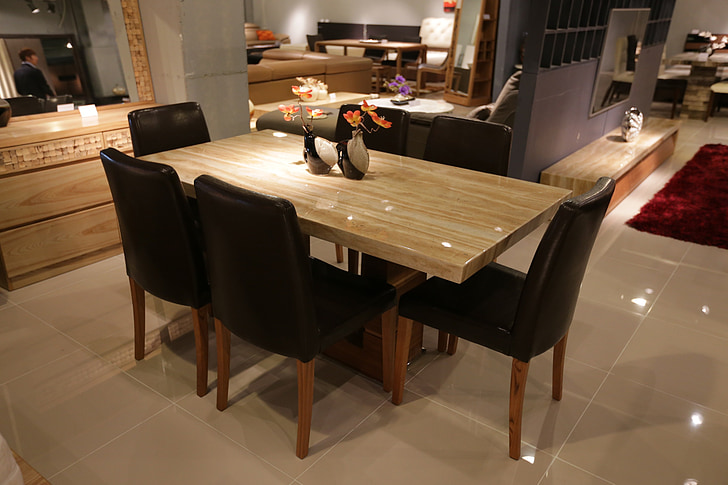 Another benefit of
putting a dining table in the living room
is the opportunity to incorporate design aesthetics into the space. With the dining area being a part of the living room, you can seamlessly
blend the two spaces together
through complementary colors, textures, and decor. This creates a cohesive and visually appealing look that adds to the overall design of your home.
In conclusion,
adding a dining table to your living room
is a practical and stylish design choice that offers numerous benefits. It maximizes space, enhances social interaction, creates a cozy atmosphere, and allows for seamless design integration. So, if you are looking to revamp your living room or simply looking for creative ways to utilize your space, consider incorporating a dining table into the room. Your home and your guests will thank you for it.
Another benefit of
putting a dining table in the living room
is the opportunity to incorporate design aesthetics into the space. With the dining area being a part of the living room, you can seamlessly
blend the two spaces together
through complementary colors, textures, and decor. This creates a cohesive and visually appealing look that adds to the overall design of your home.
In conclusion,
adding a dining table to your living room
is a practical and stylish design choice that offers numerous benefits. It maximizes space, enhances social interaction, creates a cozy atmosphere, and allows for seamless design integration. So, if you are looking to revamp your living room or simply looking for creative ways to utilize your space, consider incorporating a dining table into the room. Your home and your guests will thank you for it.



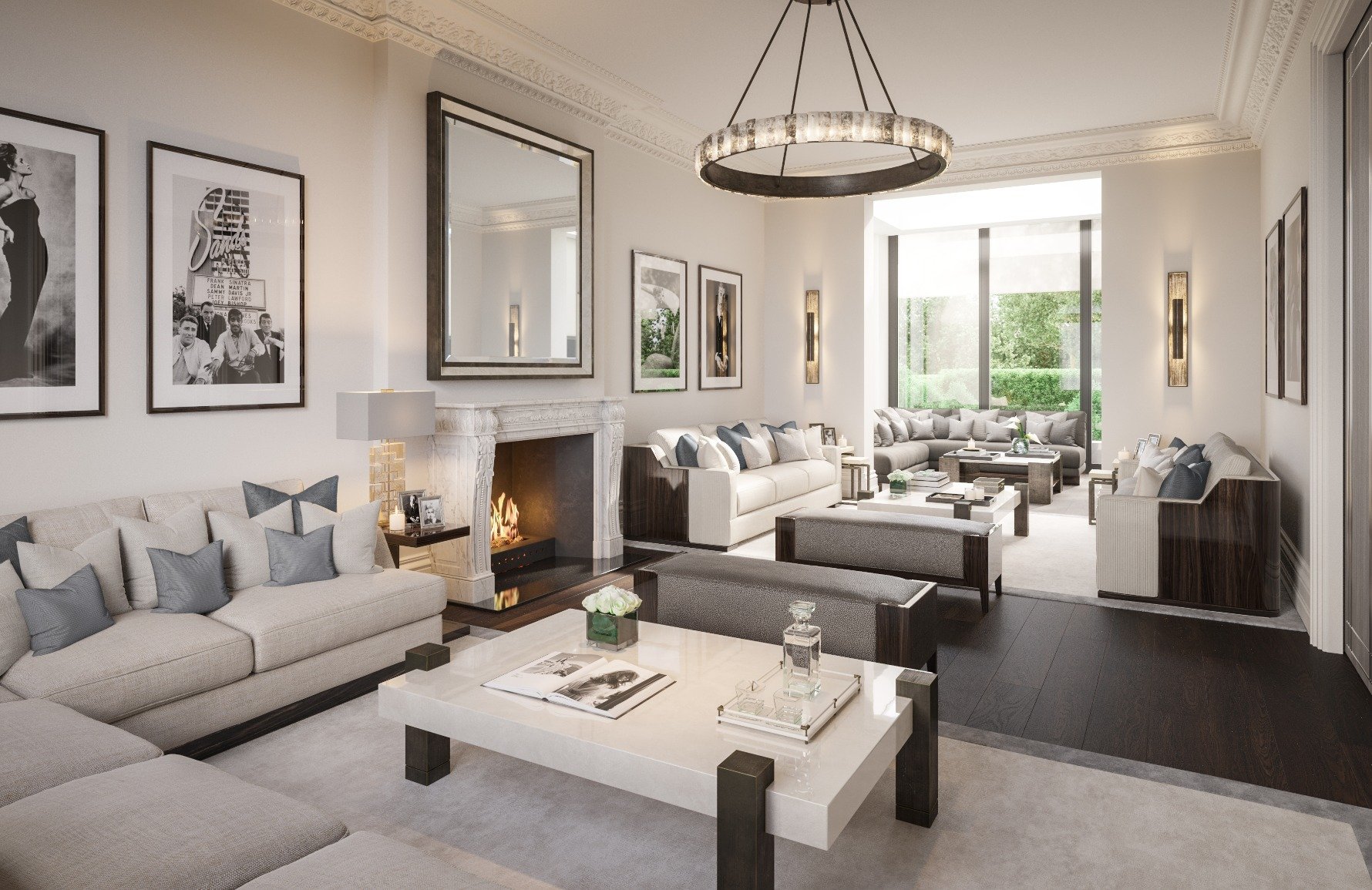

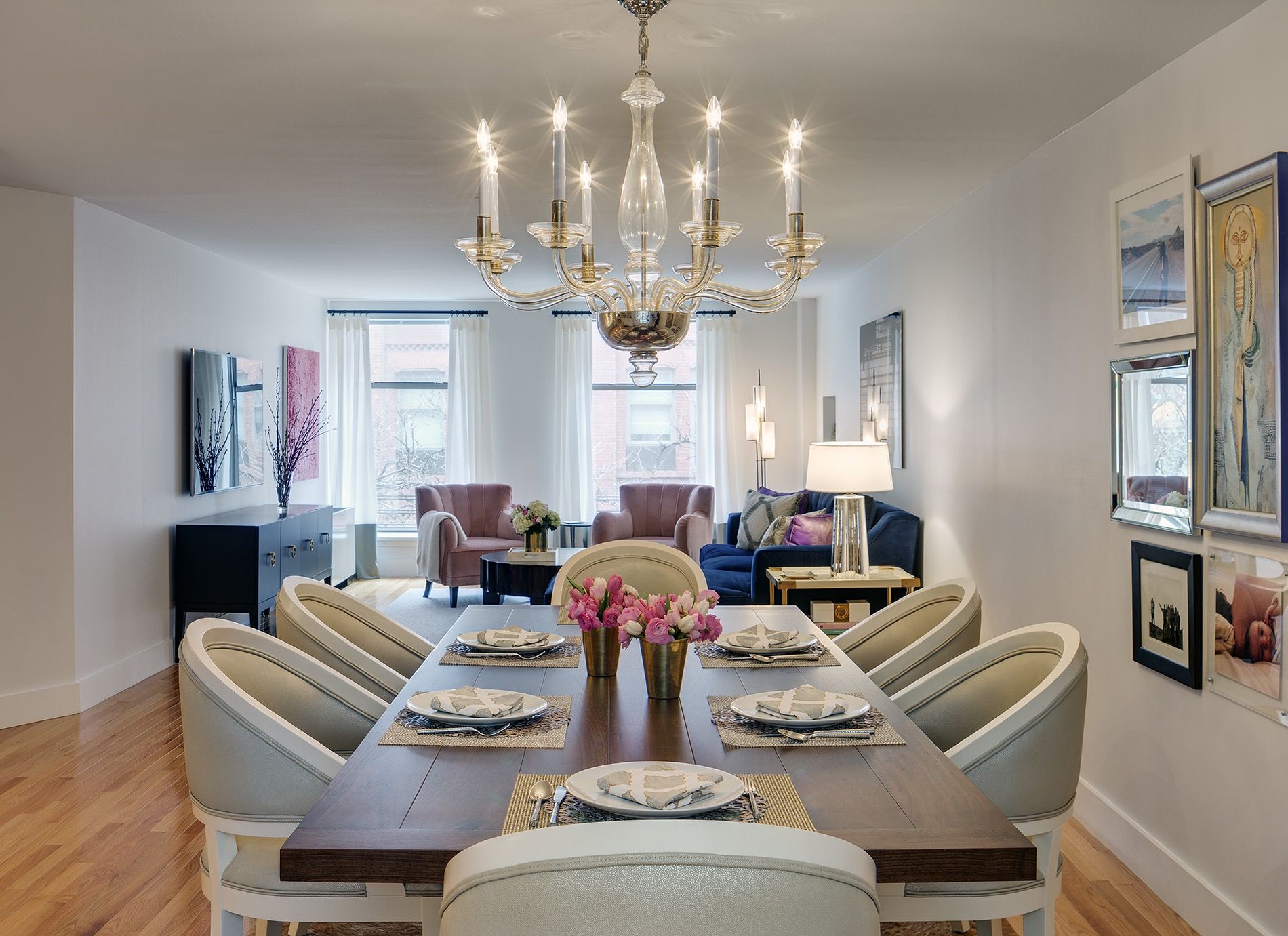




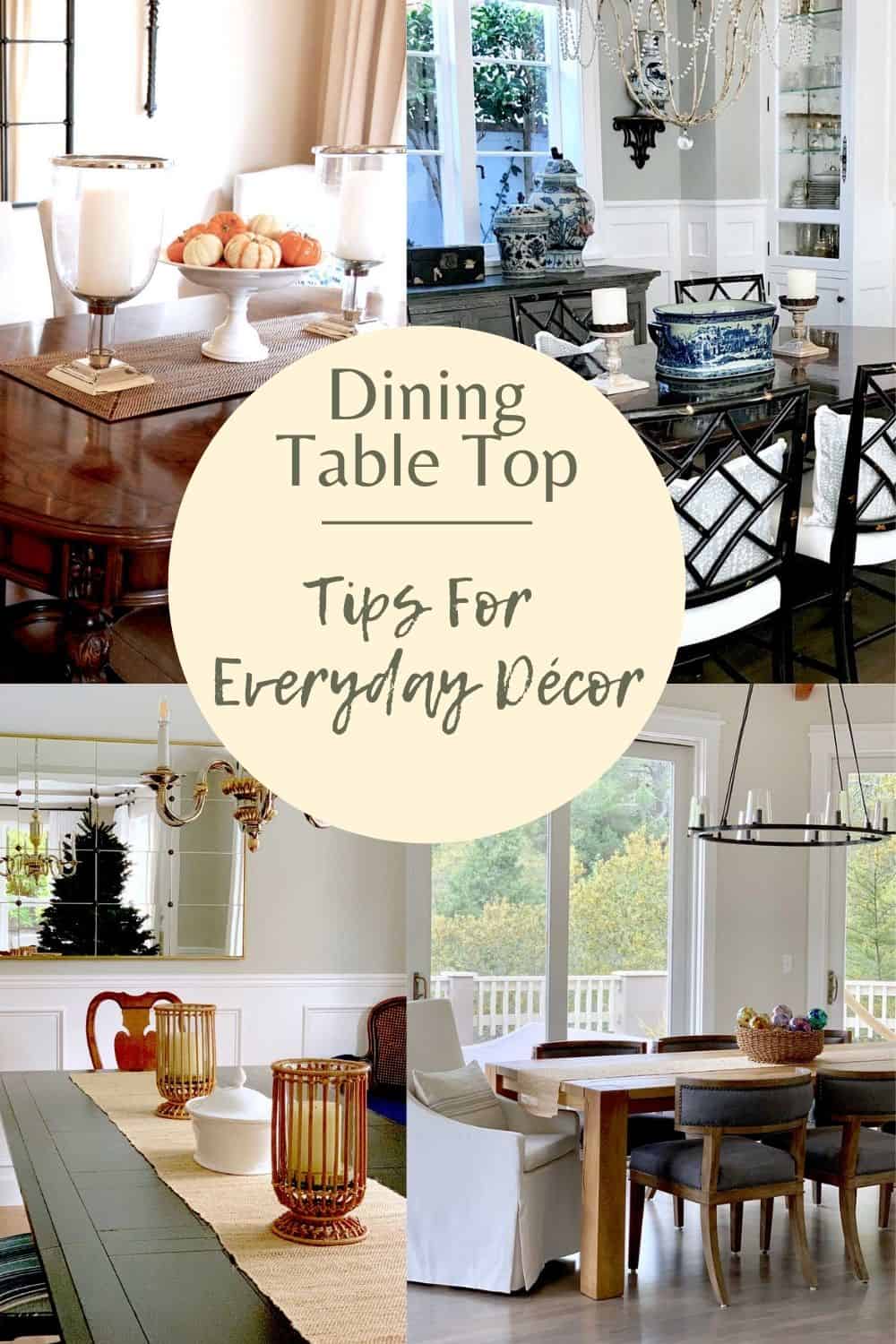
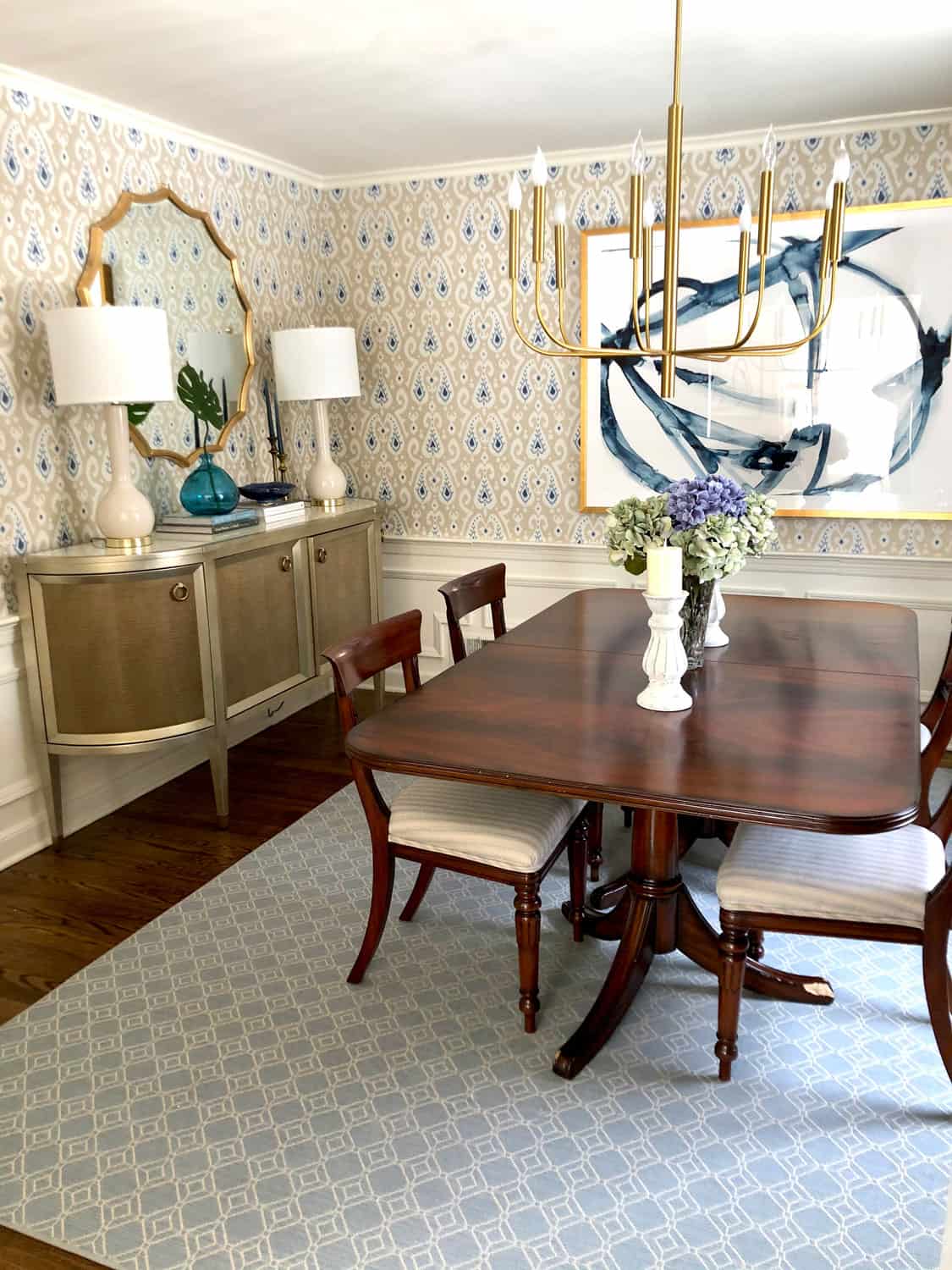













:strip_icc()/erin-williamson-california-historic-2-97570ee926ea4360af57deb27725e02f.jpeg)


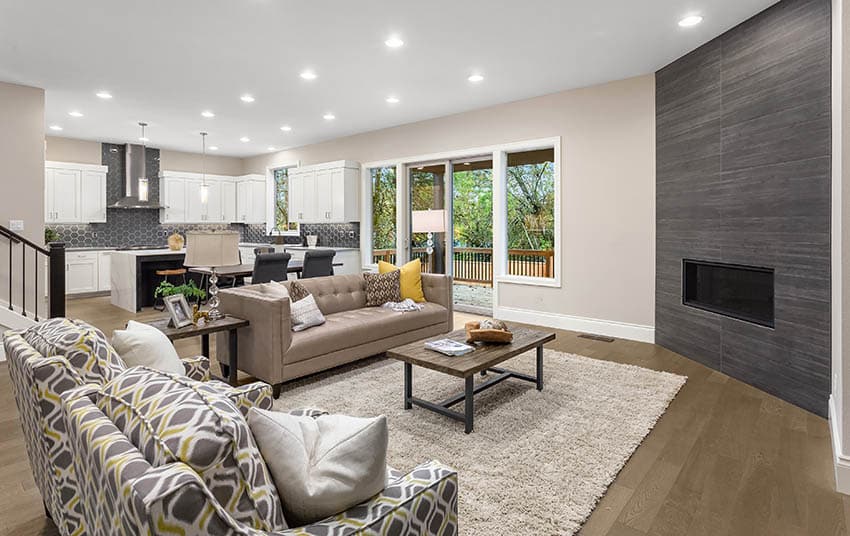


:max_bytes(150000):strip_icc()/living-room-area-rugs-1977221-e10e92b074244eb38400fecb3a77516c.png)
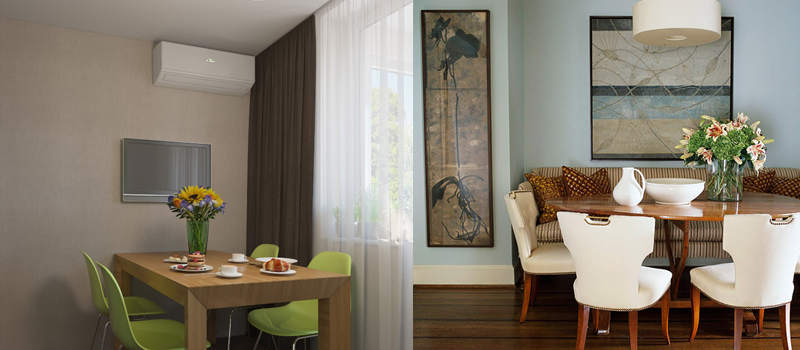


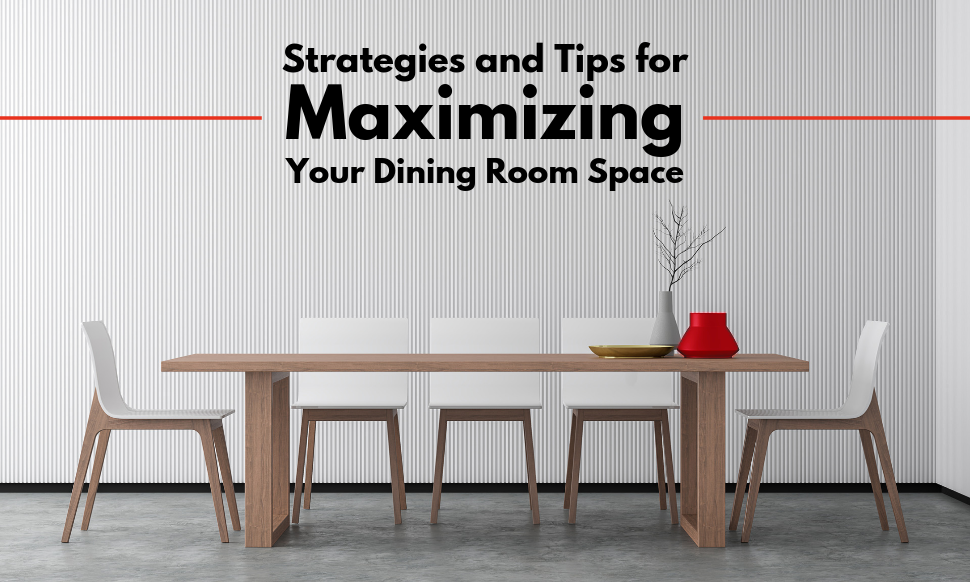


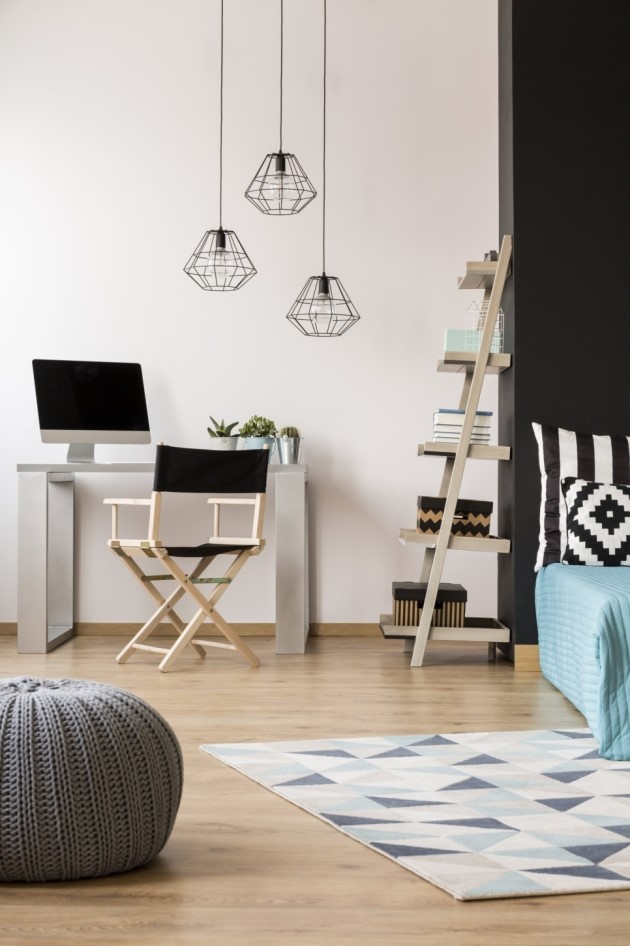



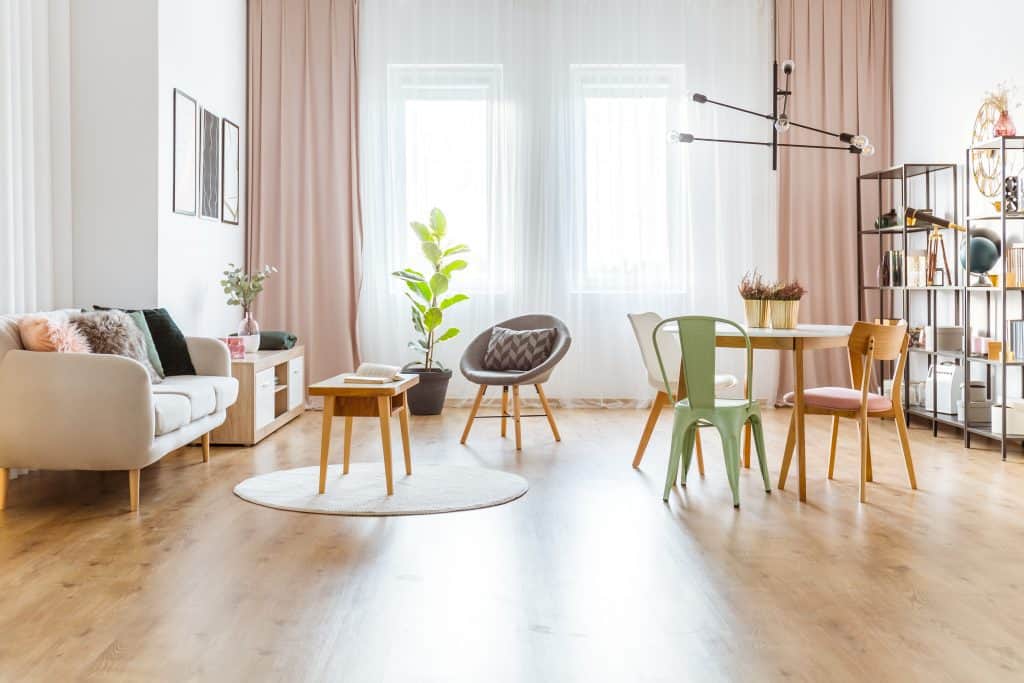
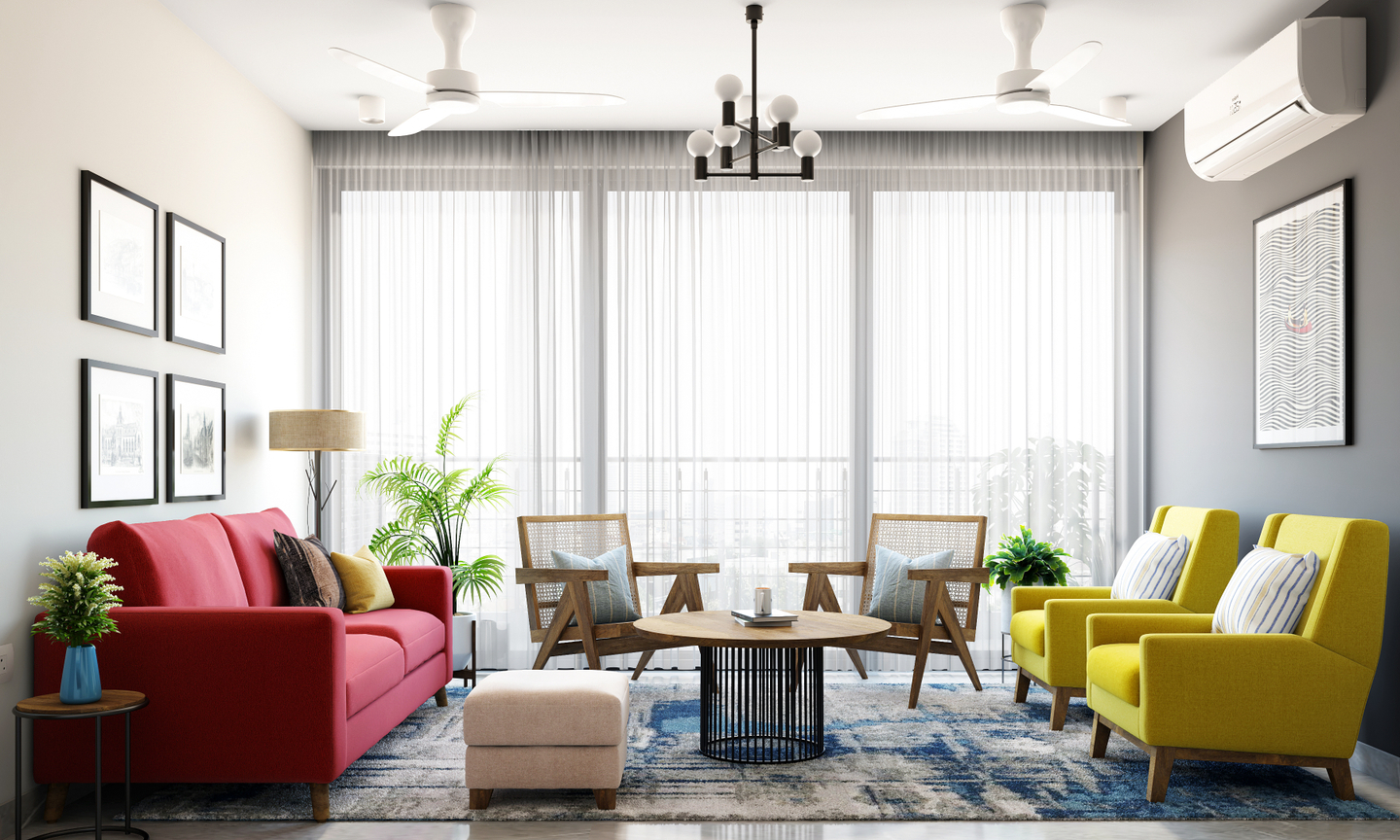
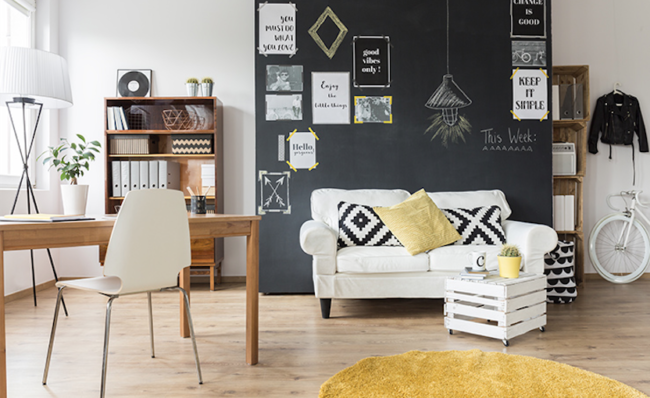


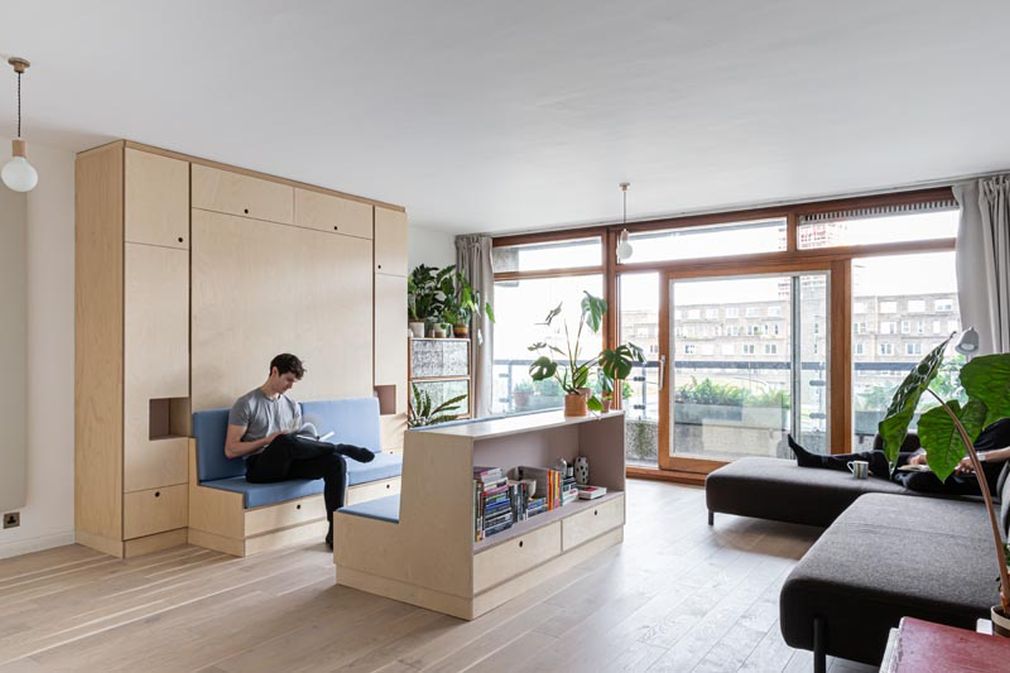







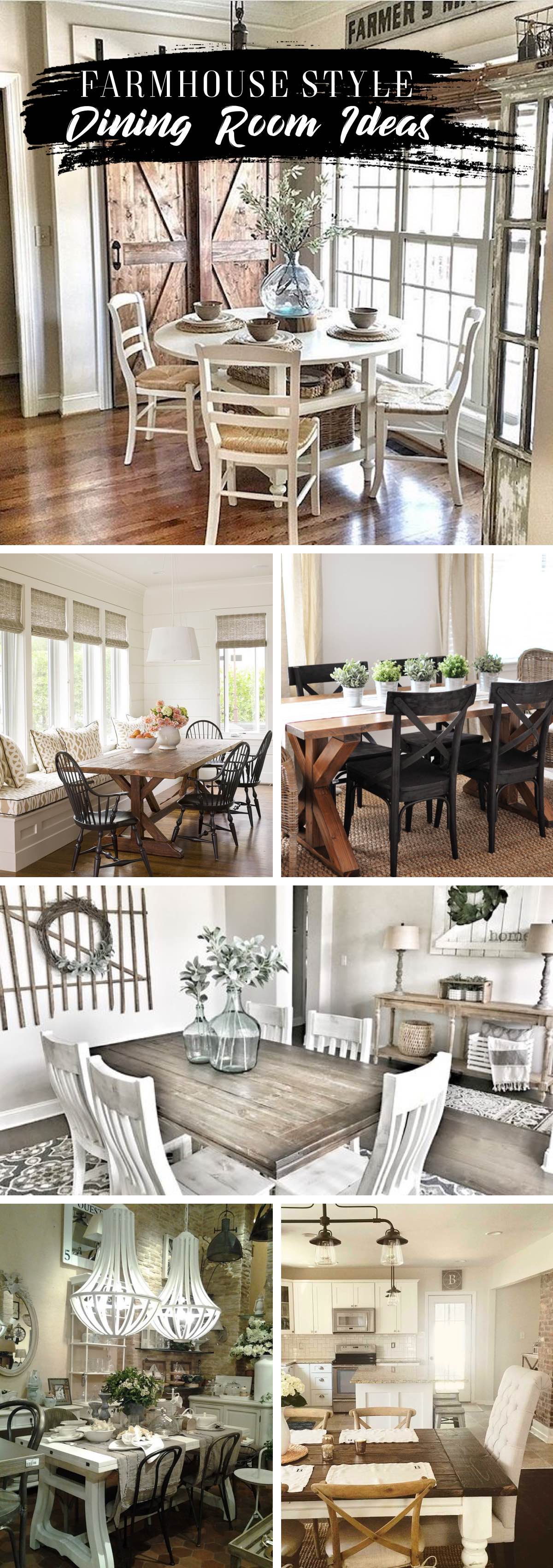







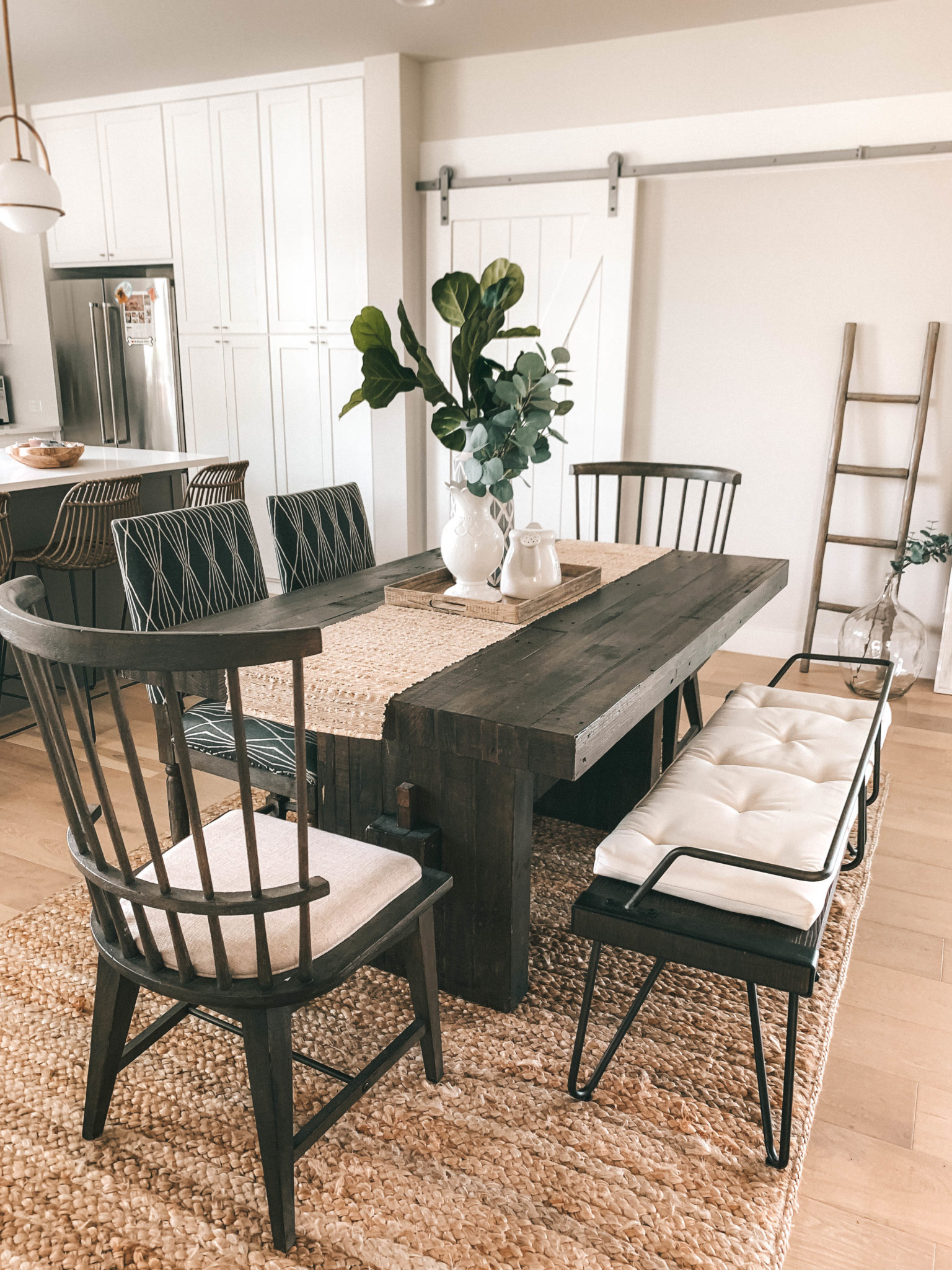


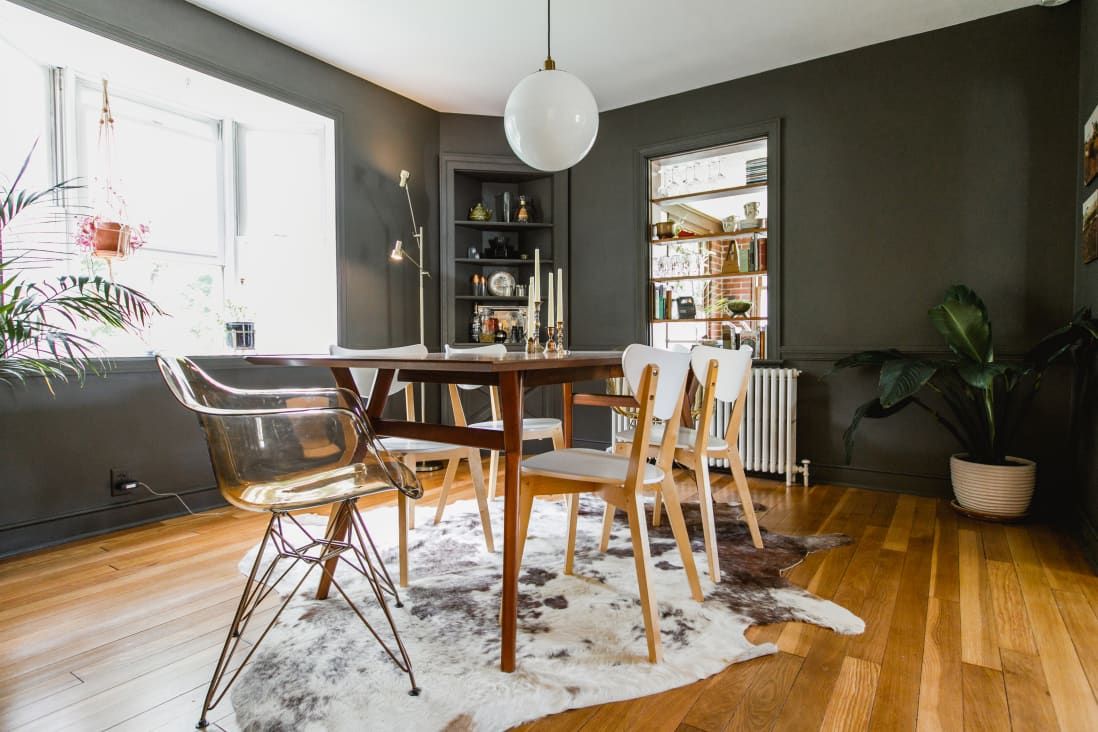
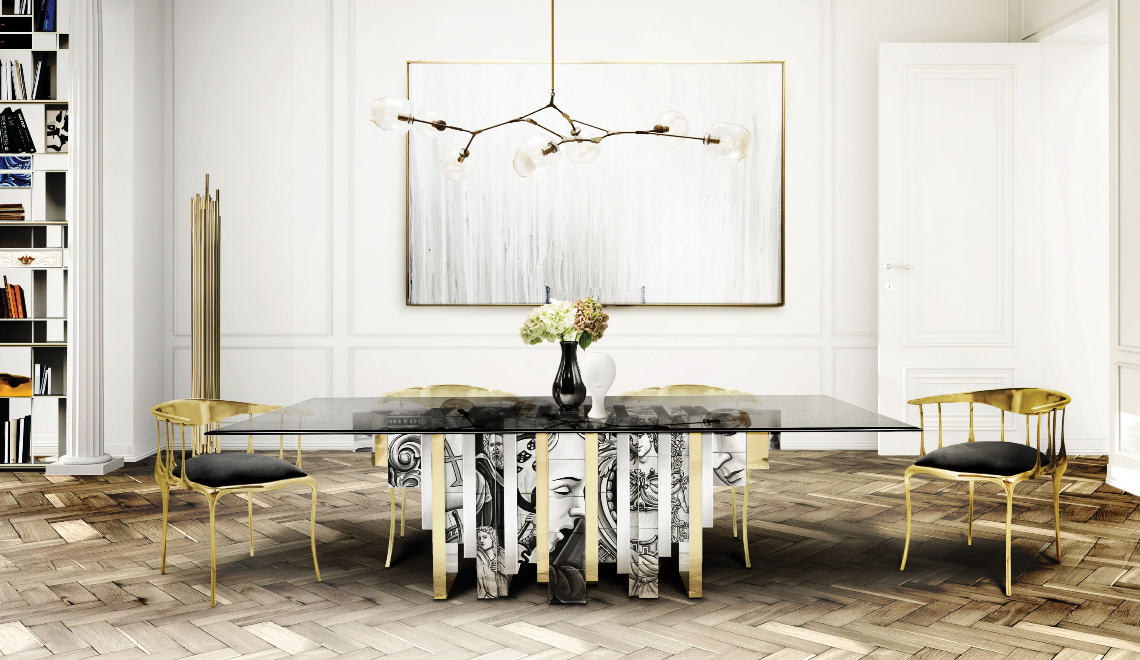
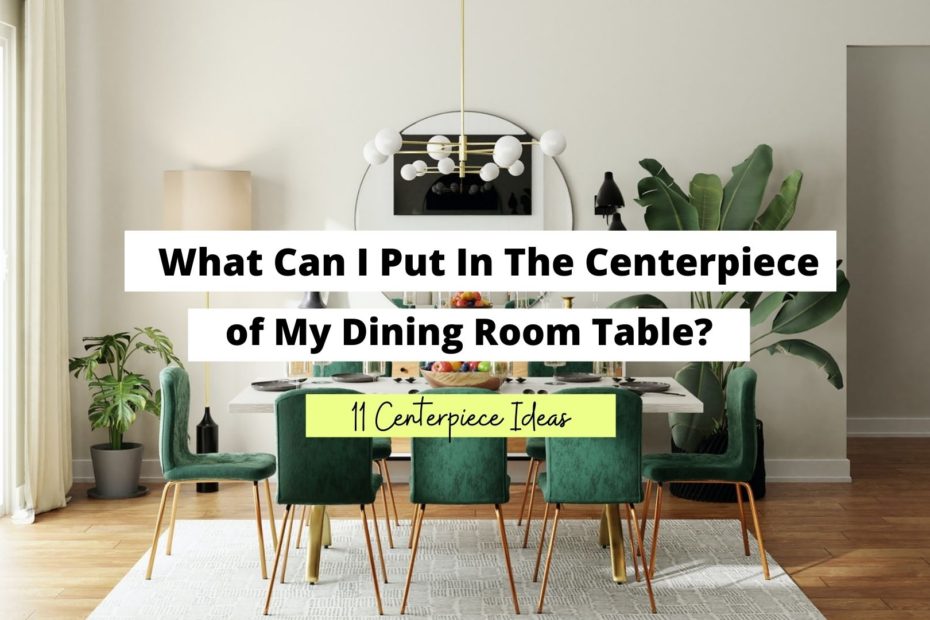

:strip_icc()/dining-area-bench-woven-chairs-27c84157-d67fb3d3a16148639a84ce48816d3295.jpg)
